views
1. Named after Little Neck, New York!

The term “little neck” originally referred to small, sweet hard clams harvested from Little Neck Bay on Long Island. They became so prized in 19th-century NYC restaurants that the name stuck — and today it’s used to describe the smallest legal size of hard clams (Mercenaria mercenaria), no matter where they're harvested.
2. “Little neck” isn’t a species — it’s a size!
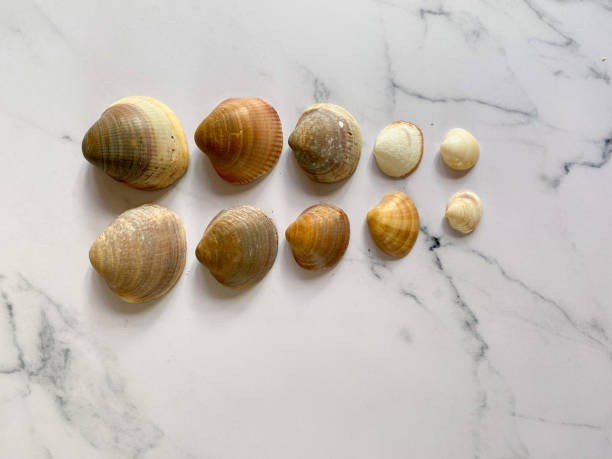
All little neck clams are actually the same species as cherrystones and chowder clams. The difference? Just size: little necks are the smallest and most tender.
3. Natural water filters.
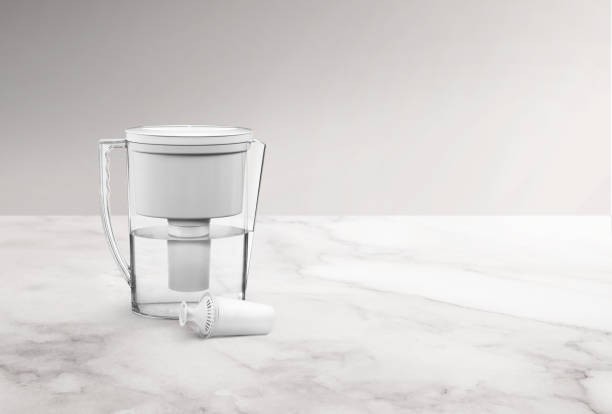
Each little neck clam can filter several gallons of seawater a day, removing algae and tiny particles — which helps keep coastal ecosystems healthy.
4. They dig down to stay safe.
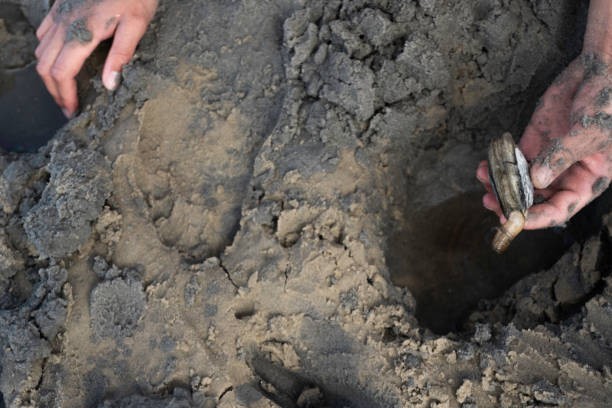
Using their muscular “foot,” little neck clams can bury themselves 6–8 inches under sand or mud to avoid predators.
5. They can live a long time!

While most are harvested young, wild little neck clams can live for decades — sometimes up to 40 years.
6. Sensitive to water quality.
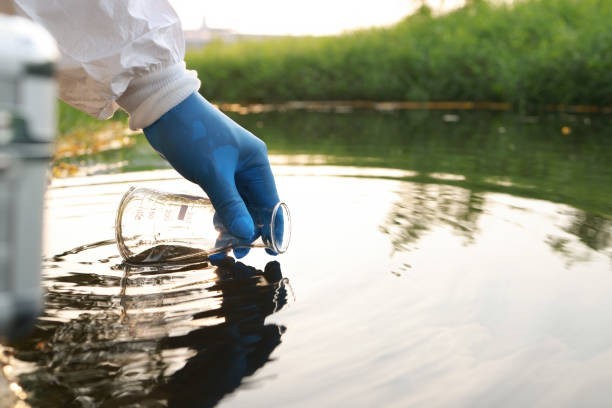
Because they filter water, clams can accumulate toxins — so clean, unpolluted harvesting areas are essential for safe and delicious clams.
7. Popular raw or lightly steamed.
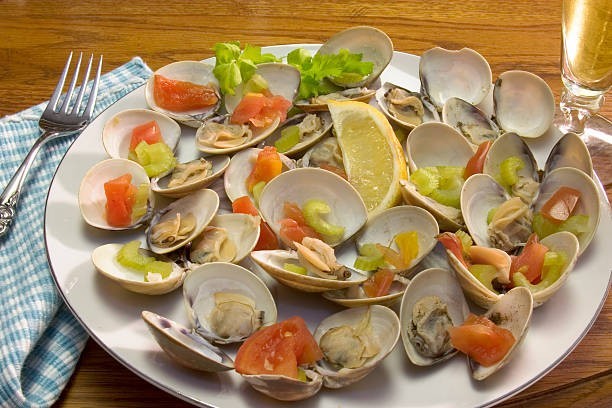
Little necks are loved for their sweet, briny taste and tender meat — perfect raw on the half shell, steamed, or added to pasta.
8. Unique anatomy.
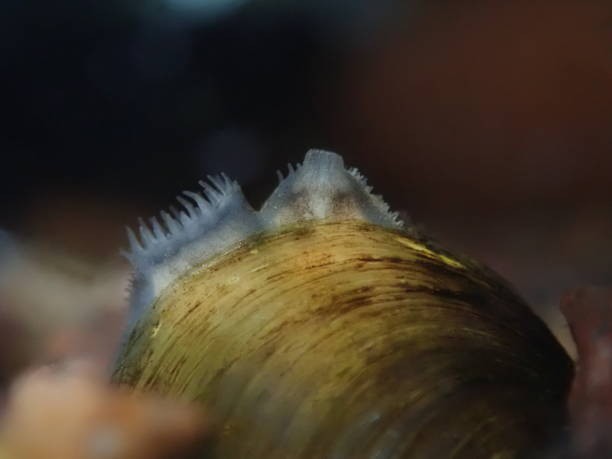
Clams have a powerful foot for digging, paired siphons to filter water, and adductor muscles that snap the shell closed for protection.
9. Part of the “quahog” family.
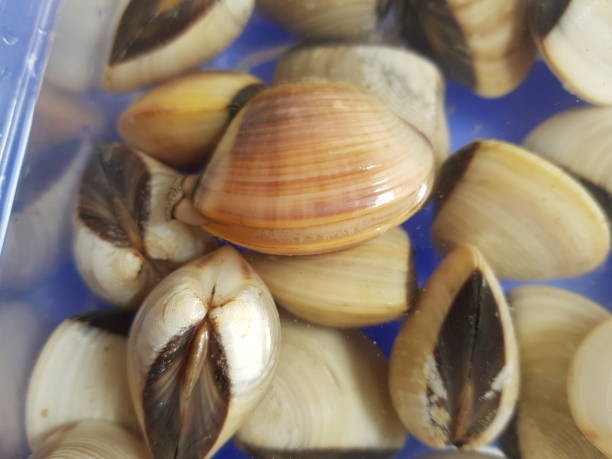
Their species name, Mercenaria mercenaria, is also known as the hard clam or quahog — famous in New England cuisine.
10. Harvested the old-fashioned way.
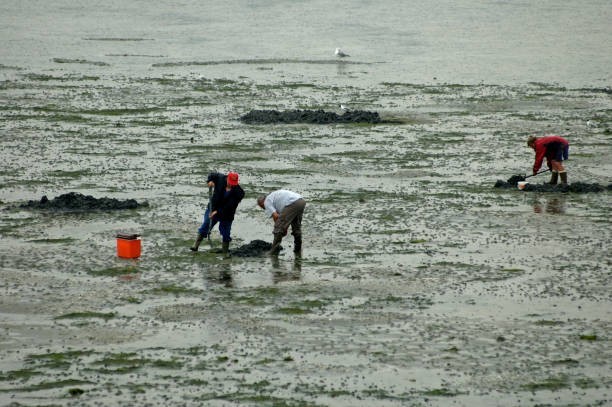
Many little necks are still collected by hand, rake, or tongs — traditional methods that help protect fragile coastal habitats.
🦪 Did you know the Little Neck, NY connection?
Share your favorite clam fact in the comments — and tag a friend who loves seafood!
#LittleNeckClams #SeafoodFacts #FunFacts #Shellfish #ClamLovers #DidYouKnow #SeafoodBlog #FoodHistory #ClamTrivia #InterestingFacts




















Comments
0 comment